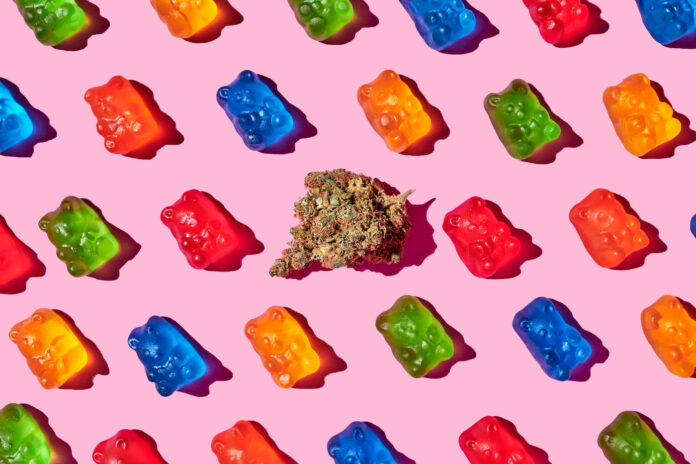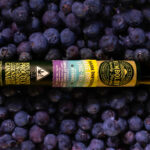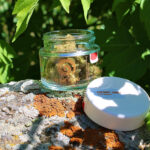Recently, the State of New York proposed new rules governing the packaging of cannabis products as it readies for legal adult-use sales. Labels will require specific statements that consumers must be twenty-one years and older and women who are pregnant or nursing should not consume cannabis, among other requirements.
Other rotating warning labels include language like: “Cannabis may cause impairment and may be habit forming,” and “Smoking or vaping could be hazardous to your health.”
Most important is the new regulation stating packaging must not be attractive to children. Accordingly, it is prohibited to use cartoons, neon colors, or names that use any variation of the word “candy.”
This is an excellent idea that responds to an issue we unfortunately keep seeing pop up. It is sad that there are still some in the industry using names and packaging that evoke or resemble children’s products or candy.
Some manufacturers are using copycat images of popular child-oriented brands as an easy way to build a quick following and generate a fast buck. The obvious problem is kids are getting sick after eating these products.
Every licensed and ethical operator I’ve ever met wants this industry to flourish and legalization efforts to continue moving forward. The last thing we want is to provide fuel to the anti-cannabis crusaders, but this is exactly what happens when tetrahydrocannabinol (THC) products are sold in packaging that looks similar to well-known brands of candy, cookies, or cereal.
A report in Pediatrics, the peer-reviewed journal of the American Academy of Pediatrics, said there were 4,172 calls to regional poison control centers about exposure to cannabis in babies and children through age nine between 2017 and 2019.
More recently, a study led by researchers at the NYU School of Global Public Health reported “copycat” edibles can have levels of THC “that far exceed the limits set by state regulations,” and these products easily may be confused for popular snack foods. That certainly was the case for six students who recently were rushed to the hospital after eating cannabis-infused Cheetos-look-alike products at a California elementary school.
“These copycat cannabis products are a public health concern, given that people—including children—could mistake them for snacks and accidentally consume them,” NYU researchers said in a news release. “At first glance, most of the packages look almost exactly like familiar snacks,” said Danielle Ompad, associate professor of epidemiology at NYU School of Global Public Health and lead author of the study.
And yes, it is ultimately the responsibility of the parents to assure that all cannabis products are kept safely away from children. But have you ever met a nine-year-old? Try keeping them contained and out of certain drawers or cabinets. That’s why it is important to have layers of protection, including keeping these products away from children but also not making them attractive to children in the unfortunate event they are discovered.
As a cannabis packaging professional, I deal with regulations all day long. The intricate details that govern packaging are not only highly nuanced but also different from state to state, making it imperative for us to stay abreast of all changes nationwide.
One thing I think we can all agree upon? In order to keep our industry in a good light and secure favorable public opinion about the products we sell, we need to keep them out of the reach of children… and that starts with the packaging.















[…] this emphasis on compliance that sets Dutchie apart from its competitors. Many businesses choose Dutchie when they want to let […]
[…] also must be aware of regulatory environments and how they impact packaging design. Regulations governing packaging vary by state and often impact the materials and graphic […]
[…] opportunities to connect with consumers, set the tone, and build anticipation when they approach packaging solely as a compliance– or cost-driven decision. And once the product is open, interior packaging details can make […]
[…] of high quality. They also perceive all products with the word “California” in the name or on the packaging as high […]